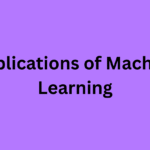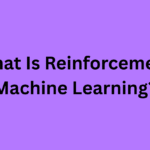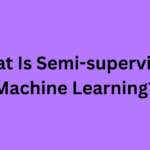Chapter 1: Introduction to Operating Systems
1.1 Definition and Functions of OS
1.2 Types of Operating Systems
- Batch, Time-sharing, Distributed, Real-time
1.3 System Components
- Kernel, Shell, System Calls
1.4 Operating System Structure
- Monolithic, Microkernel, Modular
1.5 Operating System Services
Chapter 2: Process Management
2.1 Concept of Process
2.2 Process State Model and Process Control Block (PCB)
2.3 Process Scheduling
- FCFS, SJF, Round Robin, Priority Scheduling
2.4 Interprocess Communication (IPC)
2.5 Threads and Multithreading
Chapter 3: CPU Scheduling
3.1 Scheduling Criteria
- Turnaround time, Waiting time, Throughput
3.2 Preemptive vs Non-preemptive Scheduling
3.3 Scheduling Algorithms
- FCFS, SJF, Priority, RR, Multilevel Queue
3.4 Multiprocessor Scheduling
3.5 Real-time Scheduling
Chapter 4: Process Synchronization
4.1 Race Conditions and Critical Section
4.2 Synchronization Mechanisms
- Mutex, Semaphore, Monitors
4.3 Classical Problems of Synchronization
- Producer-Consumer, Readers-Writers, Dining Philosophers
4.4 Deadlock
- Conditions, Detection, Prevention, Avoidance (Banker’s Algorithm)
4.5 Recovery from Deadlock
Chapter 5: Memory Management
5.1 Memory Allocation Techniques
- Contiguous, Paging, Segmentation
5.2 Virtual Memory
- Demand Paging, Page Replacement Algorithms (FIFO, LRU, Optimal)
5.3 Thrashing and Working Set Model
5.4 Allocation Policies
5.5 Swapping and Fragmentation
Chapter 6: File System Management
6.1 File Concepts and Attributes
6.2 File Operations and Access Methods
6.3 Directory Structure and File System Mounting
6.4 File Allocation Methods
- Contiguous, Linked, Indexed
6.5 Free Space Management
Chapter 7: Input/Output and Disk Management
7.1 I/O Hardware and I/O Software Layers
7.2 Interrupt Handling and Device Drivers
7.3 Disk Scheduling Algorithms
- FCFS, SSTF, SCAN, LOOK
7.4 RAID Levels and Disk Formatting
7.5 Error Detection and Recovery
Chapter 8: Security and Protection
8.1 Goals of Protection
8.2 Access Control Lists and User Authentication
8.3 Security Threats and Vulnerabilities
- Viruses, Worms, Trojans, Buffer Overflow
8.4 Encryption Techniques
- Symmetric and Asymmetric Encryption
8.5 Firewalls and Security Policies
Chapter 9: Case Studies of Operating Systems
9.1 Unix/Linux Architecture
9.2 Windows Operating System Architecture
9.3 Android Operating System
9.4 Real-Time Operating Systems (RTOS)
9.5 Comparison of Modern Operating Systems






